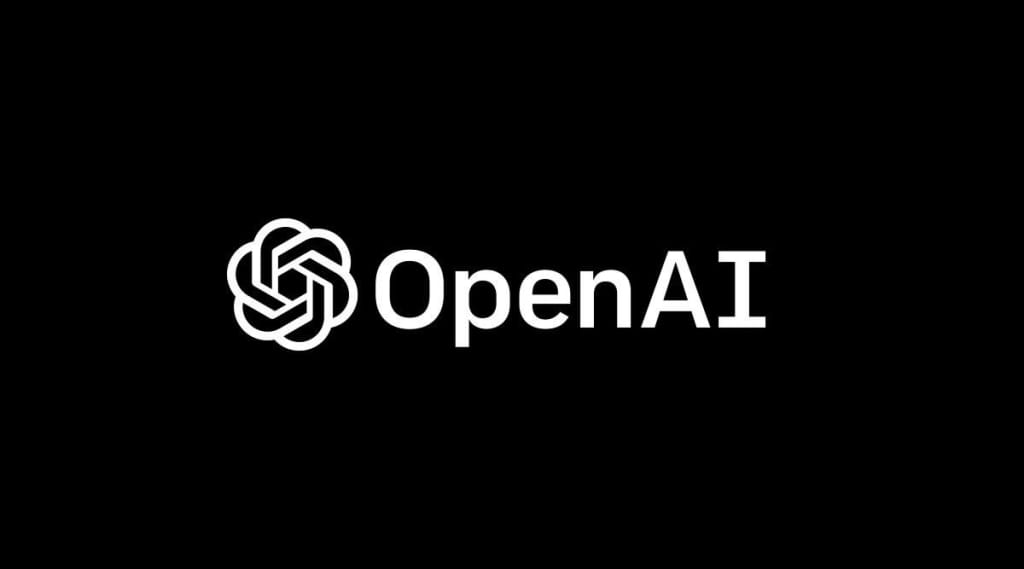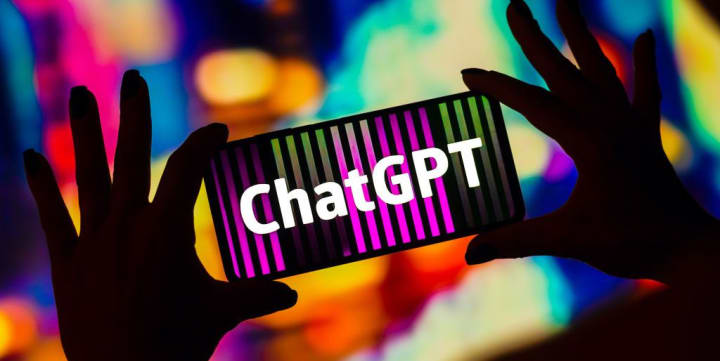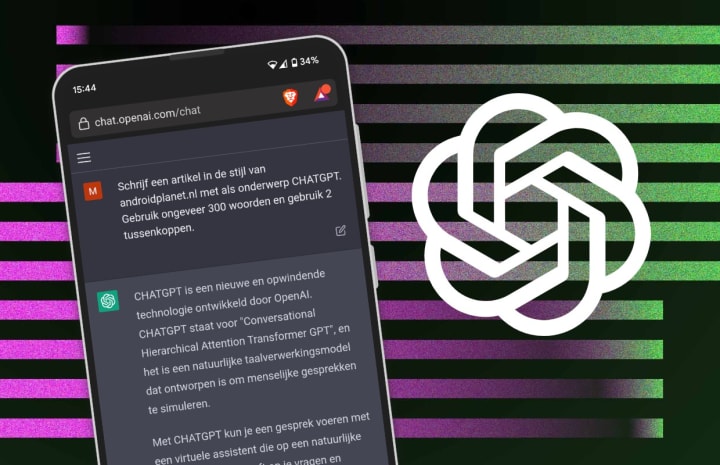
OpenAI has quickly become one of the biggest names in tech. The artificial intelligence (AI) company has made realistic image generators, 3D-model creators and, the thing it is now best-known for, ChatGPT.
With the power to pass legal exams, write entire feature-length articles, and even code full websites, ChatGPT has people talking about the power of AI.
Now, the company has announced a new major upgrade to the software behind ChatGPT. While the program has been running on technology known as GPT-3, OpenAI has now officially launched GPT-4.
While they are not exactly catchy names, GPT-3 and now 4 are actually the internet's best-known language-processing AI models. Since ChatGPT was announced, it has been banned in select schools and utilised by major companies like Microsoft.
Now, the company has also introduced a pay-to-use version called ChatGPT Pro. This offers users a host of added benefits for $20 (£16) a month, including priority access, faster load times, and now access to GPT-4.
So what is ChatGPT? What does it do? And is this really the future of AI? We've answered these questions and more down below.
What is GPT-3, GPT-4 and ChatGPT?

GPT-3 (Generative Pretrained Transformer 3) and GPT-4 are state-of-the-art language processing AI models developed by OpenAI. They are capable of generating human-like text and have a wide range of applications, including language translation, language modelling, and generating text for applications such as chatbots. GPT-3 is one of the largest and most powerful language processing AI models to date, with 175 billion parameters.
Its most common use so far is creating ChatGPT - a highly capable chatbot. To give you a little taste of its most basic ability, we asked GPT-3's chatbot to write its own description as you can see above. It’s a little bit boastful, but completely accurate and arguably very well written.
In less corporate terms, GPT-3 gives a user the ability to give a trained AI a wide range of worded prompts. These can be questions, requests for a piece of writing on a topic of your choosing or a huge number of other worded requests.
Above, it described itself as a language processing AI model. This simply means it is a program able to understand human language as it is spoken and written, allowing to understand the worded information it is fed, and what to spit back out.
How much does ChatGPT cost and how can you use it?
ChatGPT is very easy to sign up for and use, simply:
head over to the ChatGPT website and create an account.
You'll need to wait until your account has been accepted (you can skip this step if you have an account from Dall-E 2).
Logging in will present you with a very simple page. You are offered some example prompts, and some information about how ChatGPT works.
At the bottom of the page is a text box. This is where you can ask ChatGPT any of your questions or prompts.
Currently, ChatGPT remains free-to-use software. However, OpenAI has now announced ChatGPT Pro - a pay-to-use version with added benefits.
This version of the software will cost $20 (£16) a month, offering users priority access, quicker load times and access to updates and new features before anyone else.
For now the free version remains but it is unclear if this will change in the future.
How is GPT-4 different to GPT-3?
In essence, GPT-4 is the same as its predecessor GPT-3. However, there are some new features that boost the software's abilities.
Mainly, GPT-4 includes the ability to drastically increase the number of words that can be used in an input... up to 25,000, 8 times as many as the original ChatGPT model.
Equally, OpenAI has stated that the latest version of their technology makes fewer mistakes that they are calling 'hallucinations'. Previously, ChatGPT could become confused, offering up a nonsensical answer to your question, or even inputting stereotypes or false information.
Additionally, GPT-4 is better at playing with language and expressing creativity. In OpenAI's demonstration of the new technology, ChatGPT was asked to summarise a blog post only using words that start with the letter 'g'. It also has a better understanding of how to write poetry or creative writing, but it is still by no means perfeIn essence, GPT-4 is the same as its predecessor GPT-3. However, there are some new features that boost the software's abilities.
Mainly, GPT-4 includes the ability to drastically increase the number of words that can be used in an input... up to 25,000, 8 times as many as the original ChatGPT model.
Equally, OpenAI has stated that the latest version of their technology makes fewer mistakes that they are calling 'hallucinations'. Previously, ChatGPT could become confused, offering up a nonsensical answer to your question, or even inputting stereotypes or false information.
Additionally, GPT-4 is better at playing with language and expressing creativity. In OpenAI's demonstration of the new technology, ChatGPT was asked to summarise a blog post only using words that start with the letter 'g'. It also has a better understanding of how to write poetry or creative writing, but it is still by no means perfect.

On top of this, OpenAI also displayed the potential of using images to initialise prompts. For example, the team showed an image of a fridge full of ingredients with the prompt "what can I make with these products?". ChatGPT then returned a step-by-step recipe.
While it wasn't demonstrated, OpenAI is also proposing the use of video for prompts. This would, in theory, allow users to input videos with a worded prompt for the language model to digest.
Creating recipes with images is a clever use of the technology, but it is only the tip of how images could be used with ChatGPT. The company also demonstrated the ability to create a whole website that successfully ran JavaScript with just a handwritten sketch of a website.
As a tool to complete jobs normally done by humans, GPT-3 was mostly competing with writers and journalists. However, GPT-4 is being shown to have the ability to create websites, complete tax returns, make recipes and deal with reams of legal information.
When will GPT-4 be available?
Now that GPT-4 has been announced, when will you be able to use the latest version of ChatGPT? At first, the GPT-4 version of ChatGPT will be available to people on the Pro version of the software (a $20/month premium plan).
This plan is currently only available via a waiting list with a pretty long queue. However, it does come with other benefits like availability when demand is high and faster response speeds.
Whether or not the free version will get updated is unclear right now. If OpenAI does decide to update the free plan to GPT-4, it likely won't be for quite a while.
Alternatively, Microsoft's new version of Bing is currently running GPT-4. This also has a waitlist to join but unlike ChatGPT Pro, this is free-to-use.

Where will GPT-4 be used?
GPT-3 was already being adapted by a lot of big companies, inputting the technology into search engines, apps and software, but OpenAI seems to be pushing GPT-4 even harder.
Microsoft's Bing is the main user of the technology right now, but OpenAI has reported that the software is being used by companies like Khan Academy to help students with coursework and give teachers ideas for lessons.
Equally, the language-learning app Duolingo has got involved with something called 'Duolingo Max' with two features. One will help explain why your answer to a question was right or wrong, the other will setup role plays with an AI to play out language in different scenarios.
More companies are adopting this technology, including the payment processing company Stripe and customer service brand Intercom.
What can it do?
With its 175 billion parameters, its hard to narrow down what GPT-3 does. The model is, as you would imagine, restricted to language. It can’t produce video, sound or images like its brother Dall-E 2, but instead has an in-depth understanding of the spoken and written word.
This gives it a pretty wide range of abilities, everything from writing poems about sentient farts and cliché rom-coms in alternate universes, through to explaining quantum mechanics in simple terms or writing full-length research papers and articles.

While it can be fun to use OpenAI’s years of research to get an AI to write bad stand-up comedy scripts or answer questions about your favourite celebrities, its power lies in its speed and understanding of complicated matters.
Where we could spend hours researching, understanding and writing an article on quantum mechanics, ChatGPT can produce a well-written alternative in seconds.
It has its limitations and its software can be easily confused if your prompt starts to become too complicated, or even if you just go down a road that becomes a little bit too niche.
Equally, it can’t deal with concepts that are too recent. World events that have occurred in the past year will be met with limited knowledge and the model can produce false or confused information occasionally.
OpenAI is also very aware of the internet and its love of making AI produce dark, harmful or biased content. Like its Dall-E image generator before, ChatGPT will stop you from asking the more inappropriate questions or for help with dangerous requests.






Comments
There are no comments for this story
Be the first to respond and start the conversation.